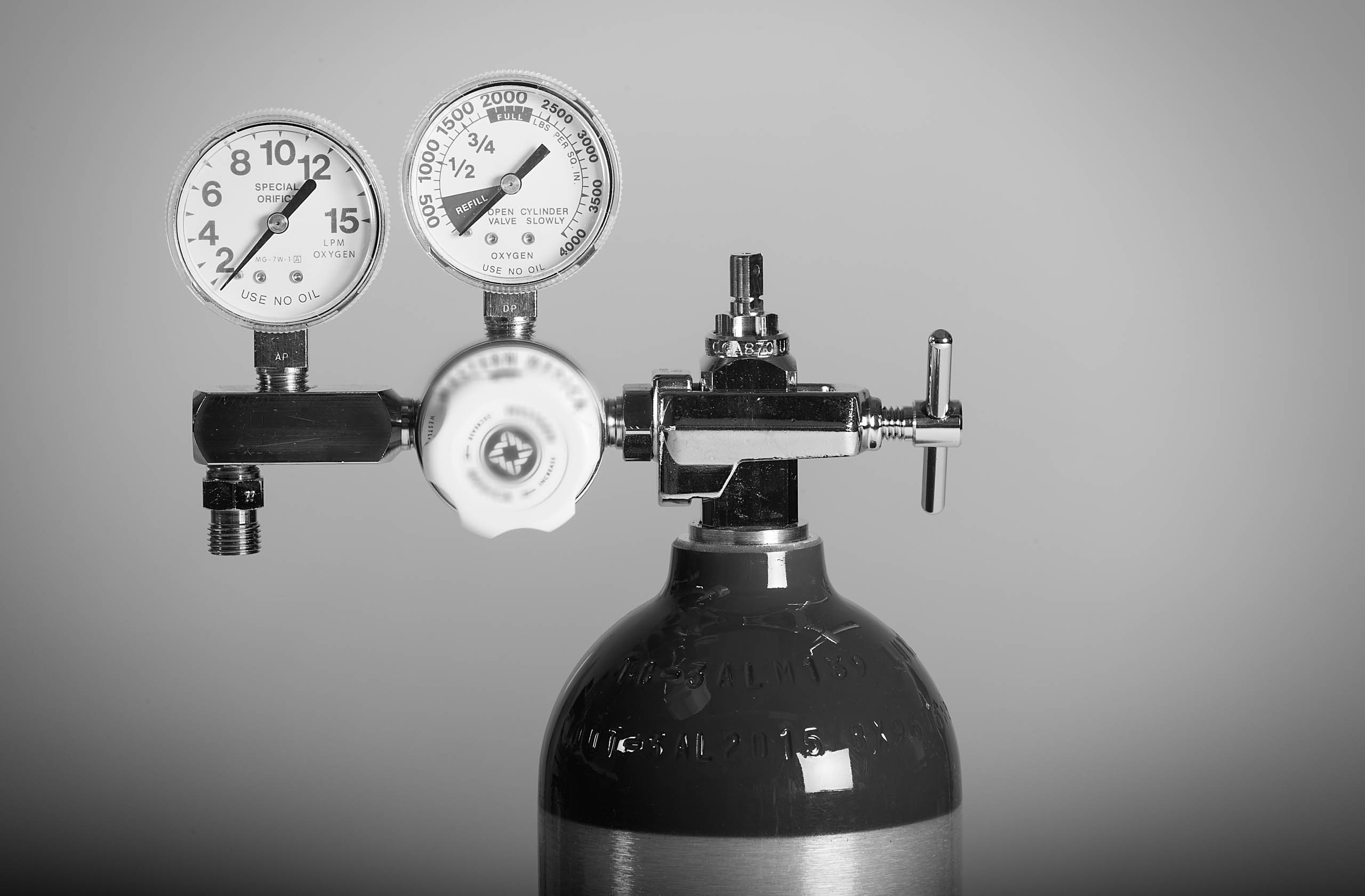
The evolution of modern monitoring during general anesthesia has come a long way from the days of assessing a patient’s color as a surrogate for adequate oxygenation. Pulse oximetry is now among the standard monitors mandated by the American Society of Anesthesiologists, but for all its usefulness as a non-invasive monitor, it has certain shortcomings: a dependence on pulsatility of blood flow which becomes compromised in settings of poor perfusion, motion and light artifacts, and sampling from digits and earlobes far removed from high-stakes real estate such as the brain and other essential organs. For procedures and patient populations where perfusion and oxygenation of these organs call for more reliable and accurate monitoring, often venous and arterial sampling of oxygen content is the standard of care. However, these surrogates of global oxygenation do not differentiate ischemia on a regional level. Regional oxygen balance can differ among organs and even within the same organ, making it possible for the brain to become ischemic even though systemic oxygenation is measuring within an acceptable range.
To bridge this gap in monitoring, cerebral oximetry was developed in the form of near infrared spectroscopy (NIRS). Employing light in the range of 700 to 1100 nm, NIRS can penetrate tissue to a depth of several centimeters. Like pulse oximetry, its algorithm employs the Beer Lambert law of light absorption. However, instead of measuring predominantly arterial hemoglobin saturation which is dependent on pulsatile flow and perfusion, NIRS samples a volume of tissue which includes arteries, capillaries and veins, with predominant venous weighting. Thus when the pulse oximetry signal flatlines during cardiopulmonary bypass, a NIRS monitor applied to the forehead is able to continue monitoring oxygen saturation in the frontal cortex, potentially alerting the anesthesiologist to sentinel desaturations calling for intervention.
Cerebral oximetry has been validated against previously existing forms of cerebral perfusion monitoring. NIRS has been shown to correlate well with changes in transcranial Doppler measurements, EEG waveforms, and stump pressure. Several manufacturers offer NIRS systems, each with its own specific algorithm. No one system is considered the gold standard, thus each is its own control, with clinical significance evaluated relative to patient baselines taken at the beginning of the procedure. Each manufacture-specific device has its own set of normal values, ranging from 55% to 80%. A reduction of frontal cortical oxygenation by 20% to 25%, or an absolute value below 50%, is the recommended threshold for intervention. Desaturations lower than these thresholds have been shown in retrospective studies to be associated with increased ICU and hospital stays, worsened morbidity and mortality, and postoperative cognitive impairment.
The usefulness of cerebral oximetry in influencing intraoperative decision-making has been studied in cardiac, abdominal, thoracic, vascular and orthopedic surgery. Interventions in response to desaturations in cerebral oximetry are aimed at improving brain oxygen delivery or decreasing oxygen demand. Fluid bolus, vasoconstrictors, increasing delivered FIO2, blood transfusion and propofol bolus are among measures studied to have a positive impact on postoperative outcomes. Surgery-specific interventions such as carotid shunt placement, application of CPAP during one lung ventilation, and repositioning during beach chair position may be better informed by the use of cerebral oximetry, however evidence as to when exactly these interventions should be applied based on NIRS data alone is still limited. Cerebral oximetry should be taken as another piece in the anesthetic armament of patient monitoring, offering more specific data on regional brain oxygen delivery and aiding more informed intraoperative decision making. Its role in the provision of anesthetic services will surely continue to evolve as further research is conducted.
References:
Casati A, Fanelli G, Pietropaoli P, et al. Continuous monitoring of cerebral oxygen saturation in elderly patients undergoing major abdominal surgery minimizes brain exposure to potential hypoxia. Anesth Analg 2005;101:740–7.
Miller, Ronald D. (2015) Tissue Oxygenation. In Miller’s Anesthesia (pp 1549-1551). Philadelphia, PA: Elsevier.
Vretzakis, George et al. “Cerebral Oximetry in Cardiac Anesthesia.” Journal of Thoracic Disease 6.Suppl 1 (2014): S60–S69. PMC. Web. 12 Dec. 2016.

